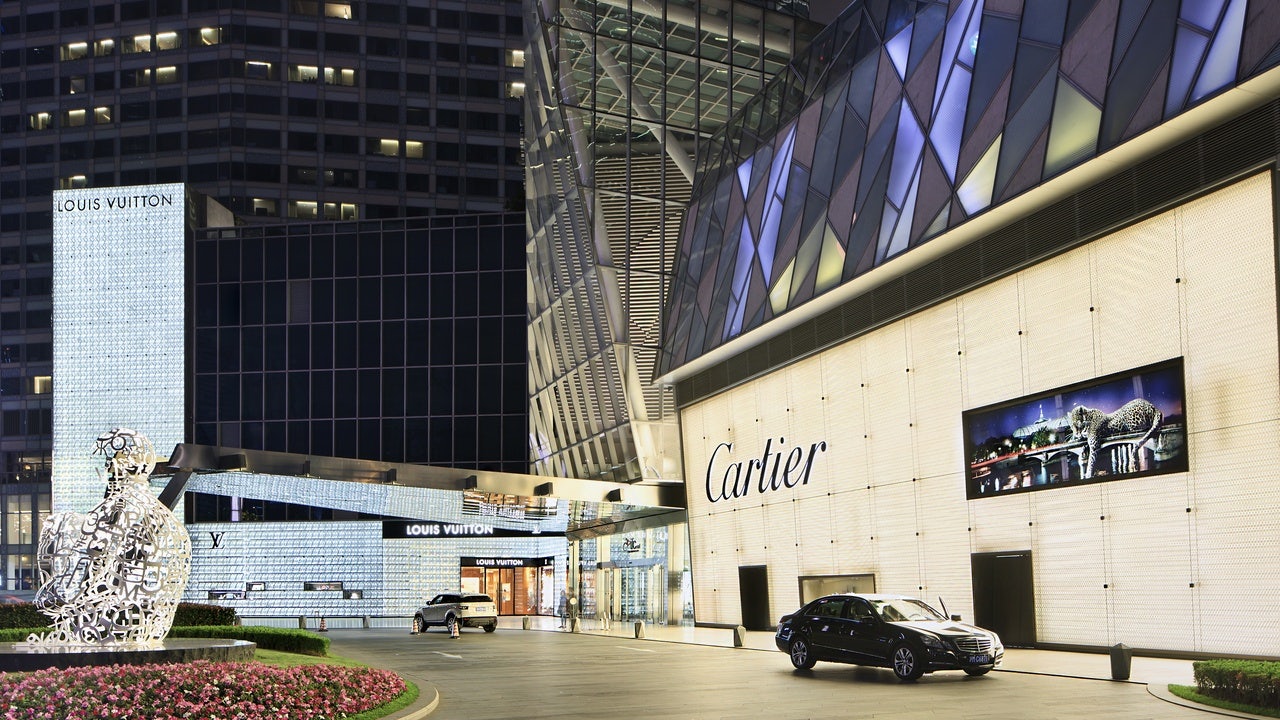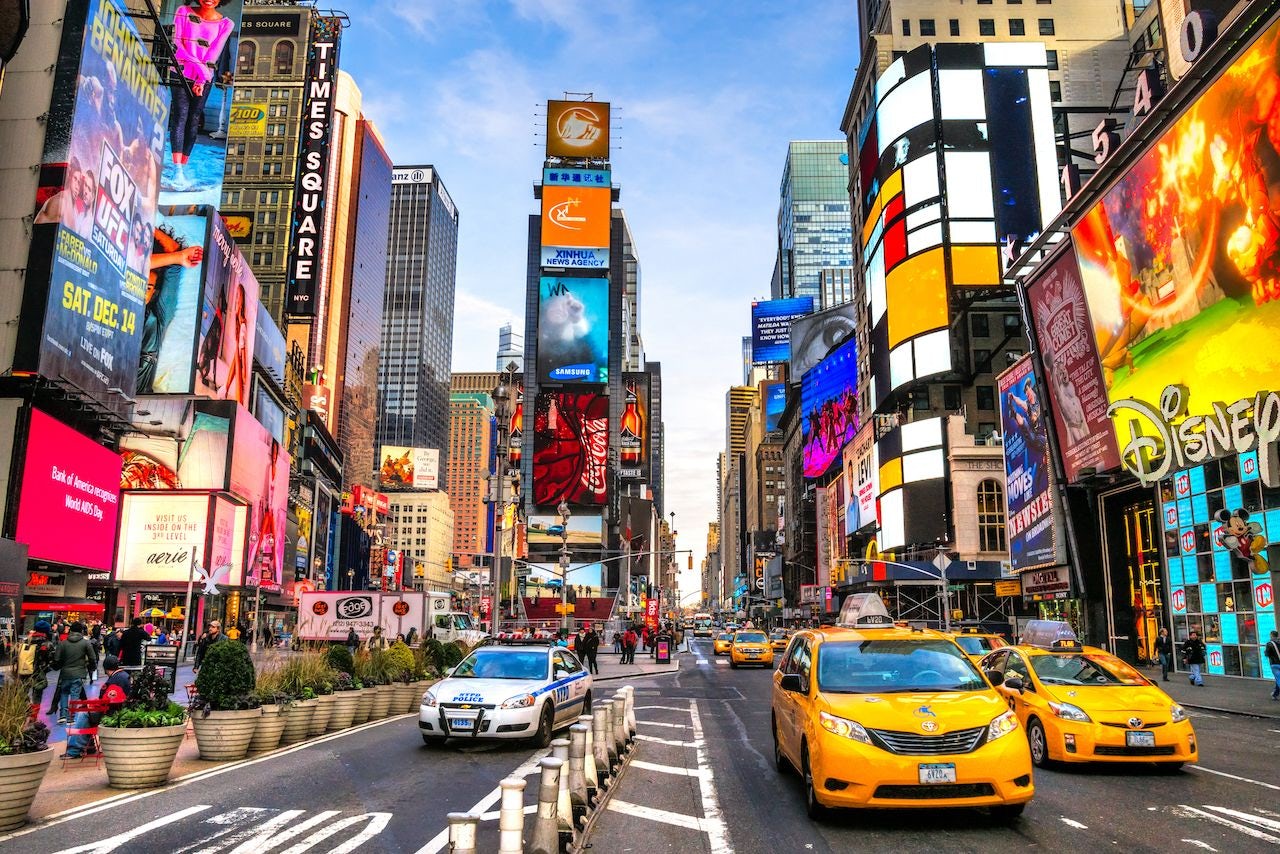Key Takeaways:#
During the last two and a half years, practically all luxury growth came from China. And the country's wealthy, highly educated, and entrepreneurial young Chinese Gen-Z and millennial consumers have been the driving force behind this boom.
An additional 400 million Chinese consumers will transition from low-income to middle-class or higher over the next 10-15 years.
Hainan has become a second Dubai, reflecting the massive domestic infrastructure measures that should have a big impact on the future of Chinese tourism and spending.
For many years, some industry voices have either underestimated the importance of China to the global luxury market or predicted that its influence would fade fast. So is luxury in China just a bubble? And is the latest crackdown on wealth inequality a sign that this luxury boom is over? I firmly believe that the answer is no.
Over the last two weeks, many publications gave worrisome outlooks: Business of Fashionasks in a headline, “China's Call for Wealth Redistribution to Hurt Luxury?” Fortuneadds that “China’s big-money crackdown knocks billionaire Arnault down a peg on the world’s rich list.” And in a swipe at China’s growing billionaires club, it stated that Chinese President Xi Jinping vowed this week to “adjust excessive incomes” and prop up the country’s massive middle class. The ripple effects could be felt halfway across the world, starting with Europe’s luxury brands. The Wall Street Journalproclaimed that “selling luxury goods in a more socialist China becomes a problem.”
While bad news always sells best, it is not necessarily a correct prediction of the future. In fact, it might be worth taking a step back to review similar headlines from past years. In 2012, Reutersreported that “China's corruption crackdown takes the shine off the luxury boom.” The Globe and Mail proclaimed the end of Cognac consumption in China back in 2014. CNBC commented in the same year that they saw “tough times for luxury retail in China.” And in 2019, amid the US-China trade war, many commentators predicted the end of luxury in China.
In an interview with Jing Daily from February 2019, I explained why it was the best time to invest in China, despite all the negative chatter, highlighting that China was "a perfect ground for new brands… [like] New York on steroids. The consumers are younger, millennials and Gen Z are buying [luxury], and it is much more digital and trendy. That means the acceleration of their behavior is stronger there than it is in New York.”
None of these fundamentals have changed. On the contrary, during the last two and a half years, practically all growth in luxury came from China. And the country's wealthy, highly educated, and entrepreneurial young Chinese Gen-Z and millennial consumers have been the driving force behind this boom. These parameters are not going to worsen. In fact, an additional 400 million consumers will transition from low-income to middle-class or higher over the next 10-15 years.
These extra customers will significantly grow the Chinese luxury market. And domestic tourist, entertainment, and duty-free zones like Hainan will attract additional domestic luxury consumption when borders may reopen in roughly a year. Quite silently, Hainan has become a second Dubai, reflecting the massive domestic infrastructure measures that should have a big impact on the future of Chinese tourism and spending.
Even if wealth inequality is addressed with fiscal or regulatory measures, it will not change the long-term perspective on the Chinese luxury market. We will see unprecedented growth over the next decade and beyond. As a result, Équité has already revised its forecast for the year Chinese consumers will start to account for fifty percent of global luxury spending, from 2023 to 2030 originally.
For some categories, such as Swiss luxury watches or luxury cars, practically their only growth drive has been the Chinese market. And one of China's next major market shifts will include a never-before-seen number of Chinese luxury brands in all categories achieving global expansion — another result of China's Gen Z, which is more patriotic than any previous generation.
One remaining challenge for Western brands is how to understand Chinese consumers and markets. In numerous conversations with Chinese leaders of Western luxury brands, I see the same issues, over and over. They always have an old-fashioned headquartered view of the Chinese market, too high a focus on traditional media and content strategies, and a lack of understanding about the massive digital acceleration within the Chinese market.
Most Western brands are not deploying their full potential when it comes to digital capabilities. As a result, in this critical growth phase and amid growing local competition, past leaders risk losing their long-term market position by being too timid, slow, and Euro- or US-centric in mindset.
As you can see, the Chinese "Decade of Luxury" is just about to start. We have a growing market that is far from reaching its maturity. Policy measures may have short-term effects on certain categories but won’t change the long-term picture. The question for Western luxury brands is not whether the Chinese market may become less of a luxury market. Instead, it should be: Can they keep up with hyper-competitive Chinese brands, make successful connections to Gen-Z customers, and radially accelerate their digital capabilities in the Chinese market? These should be their worries. Everything else is noise.
Daniel Langer is CEO of the luxury, lifestyle and consumer brand strategy firm Équité, and the professor of luxury strategy and extreme value creation at Pepperdine University in Malibu, California. He consults some of the leading luxury brands in the world, is the author of several luxury management books, a global keynote speaker, and holds luxury masterclasses in Europe, the USA, and Asia. Follow @drlanger


